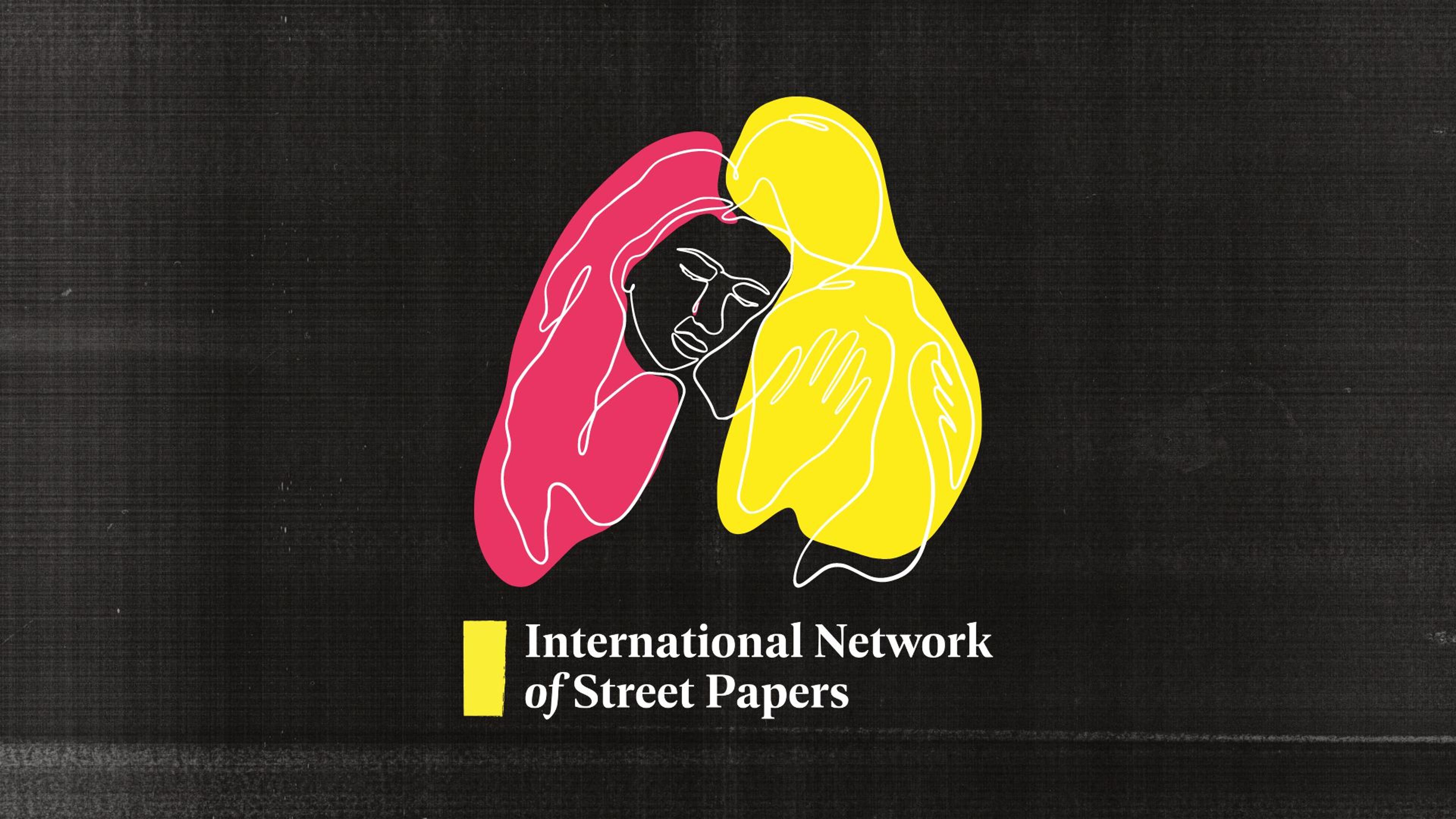“The solution to healing the planet is right in front of us”: Lifting up Indigenous women on Indigenous Peoples’ Day and every day
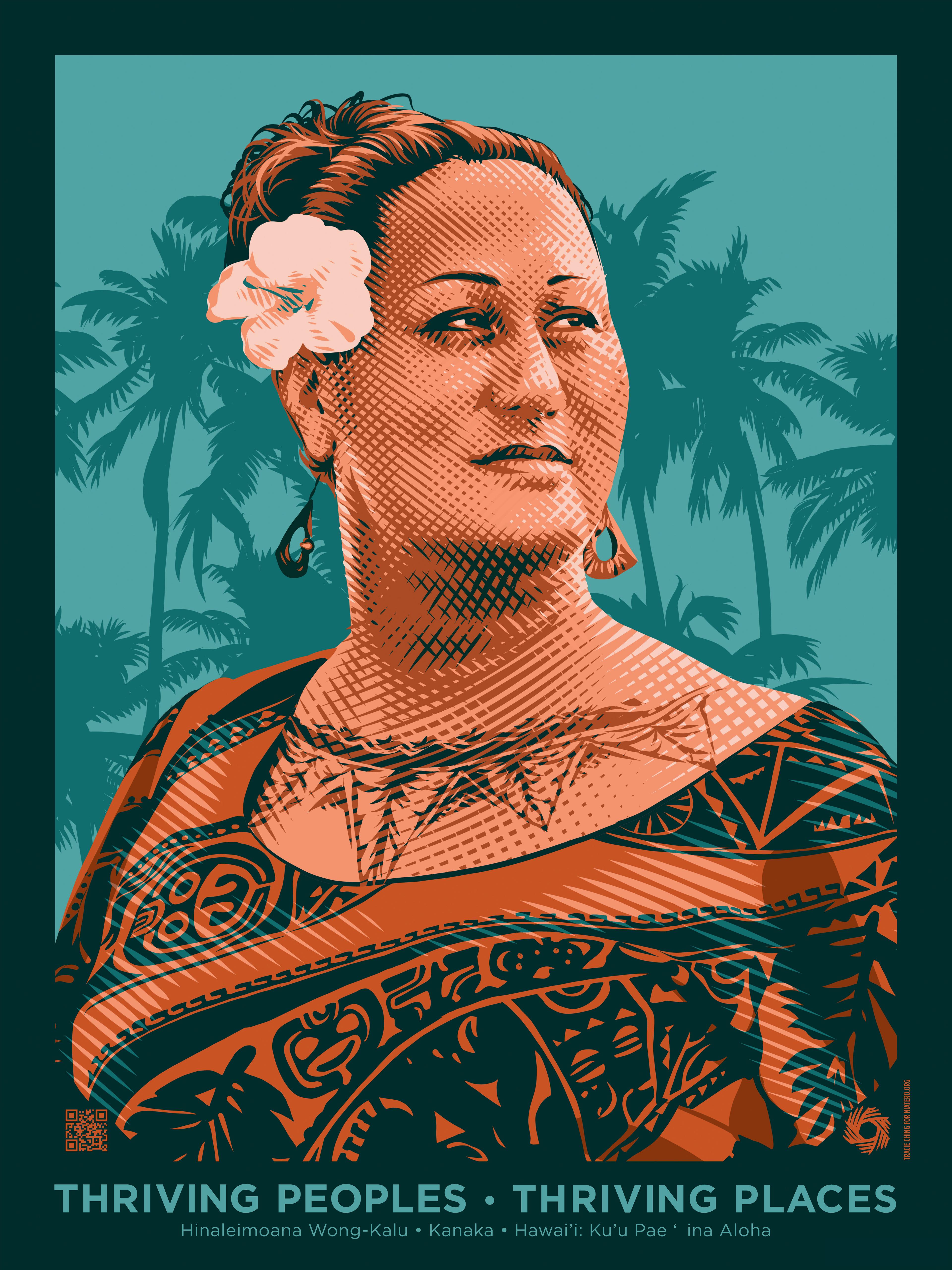
A poster depicting Hinaleimoana Wong-Kalu (Kanaka Maoli) a Native Hawaiian teacher, cultural practitioner and filmmaker who uses digital media to protect and perpetuate Indigenous languages and traditions.
By Nia Tero & Amplifier
All posters designed by Tracie Ching and Cindy Chischilly
- News
INSP has once again partnered with Nia Tero, a non-profit which works with Indigenous communities to promote their work and culture, and social art and design lab Amplifier to make available posters profiling a group of female Indigenous leaders from communities across the world in an effort to highlight their essential part in working towards solutions to tackle the alarming effects of climate change and environmental degradation.
While people around the world increasingly experience the alarming effects of climate change, solutions to healing the planet have been right in front of us all along.
Countless Indigenous peoples have lived in reciprocity with Earth since time immemorial. Despite centuries of colonization and ongoing threats to their sovereignty, Indigenous peoples collectively sustain 80 per cent of the world’s remaining biodiversity today, including ecosystems essential to our global climate, fresh water, and food security. Indigenous practices offer a critical pathway to healing a planet in crisis, and a unique global art project is recognizing inspiring Indigenous women leaders upholding both Indigenous rights and guardianship of collective territories.
‘Thriving Peoples. Thriving Places.’ is the latest in a series of collaborations between Nia Tero, a global non-profit working in solidarity with Indigenous peoples to strengthen guardianship of Earth and all beings, and Amplifier, a non-profit design lab that makes art and media experiments to amplify the most important social movements of our time.
The portraits are a collaboration between illustrators Tracie Ching (Kanaka Maoli) and Cindy Chischilly (Diné). The art will be available digitally and at public art events in cities including Seattle (USA), Auckland (Aotearoa) and Manila (Philippines). The project celebrates the vibrant and ever-present leadership of Indigenous women in protecting biodiversity and leading grassroots movements to drive action for the health of the planet.
This year’s activation launches on 10 October 2022, Indigenous Peoples’ Day on Turtle Island (North America). Like International Day of the World's Indigenous Peoples in August, activities on this day recognize the harm of colonialism and the importance of Indigenous land sovereignty.
The Indigenous women being honored with portraits this year are activists, educators, and climate experts working not for personal gain but for collective thriving, rooted in their ancestral homelands across Turtle Island, Africa, and the Global South. Each carries forward traditional knowledge honoring their ancestors while shining a path for future generations.
Hinaleimoana Wong-Kalu (Kanaka Maoli)
[Pictured above] A Native Hawaiian teacher, cultural practitioner and filmmaker who uses digital media to protect and perpetuate Indigenous languages and traditions.
Rosa Marina Flores Cruz (Afro-binnizá/Afro-Zapotec)
From Juchitán, Mexico, an Indigenous town in the state of Oaxaca, Rosa Marina Florez Cruz is an activist empowering Indigenous peoples, and her focus is on women’s rights, land rights, agrarian rights, and environmental education.
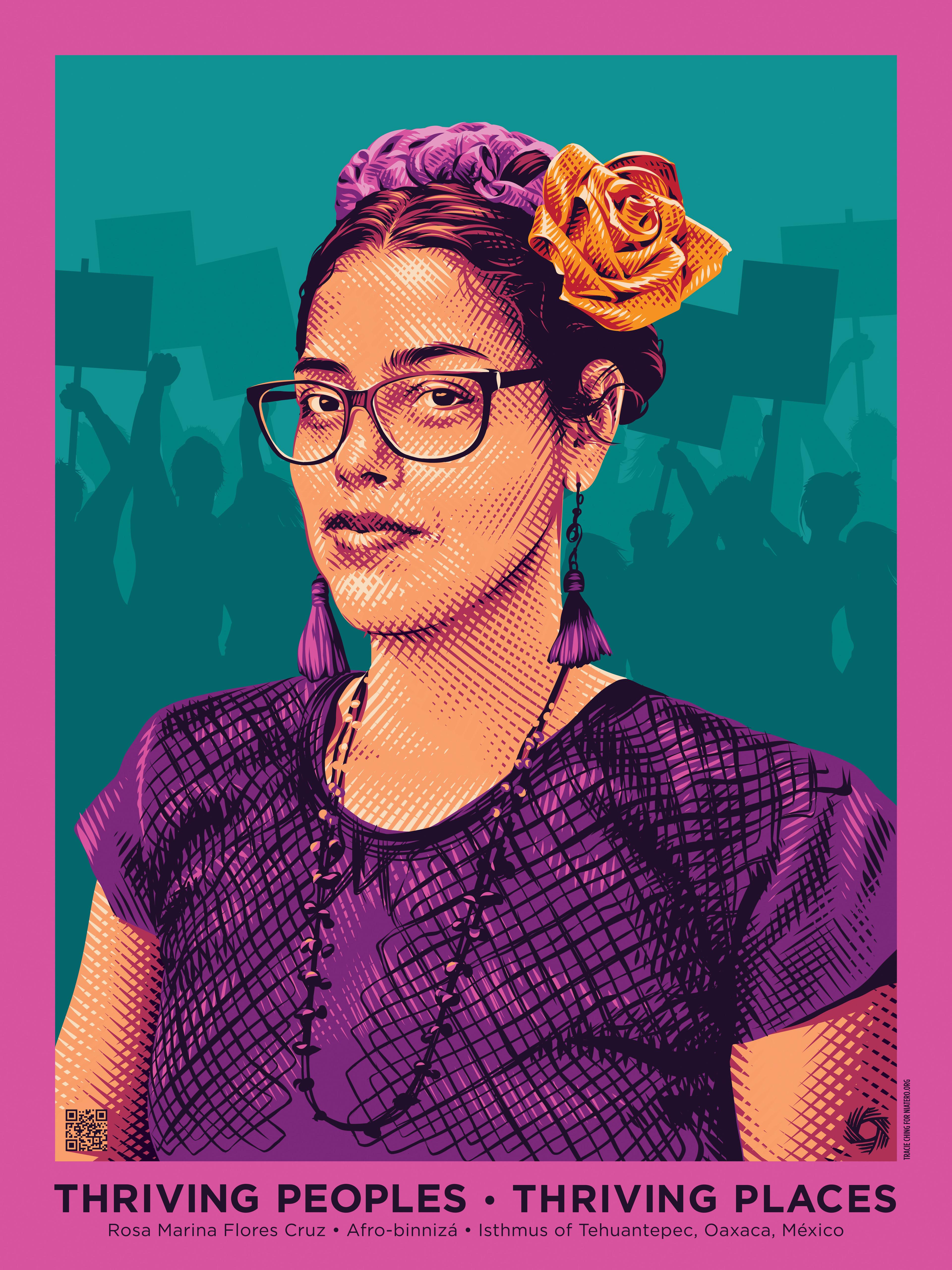
Rosa Marina Flores Cruz (Afro-binnizá/Afro-Zapotec)
Natalie Ball (Black, Modoc, Klamath)
Born and raised in Portland, Oregon, Natalie Ball earned her bachelor's degree in Ethnic Studies in 2005, furthered her education in New Zealand, at Massey University, where she attained her master's degree in Maori Visual Arts, and earned her MFA from Yale University School of Art in painting and printmaking in 2018. She currently resides with her three children on the Klamath Tribes former reservation, Chiloquin, Oregon where she works for the Klamath Tribes. Natalie Ball is an Indigenous artist who examines internal and external discourses that shape Indian identity through contemporary installation art.

Natalie Ball (Black, Modoc, Klamath)
Hindou Oumarou Ibrahim (Mbororo)
A member of the Mbororo pastoralist people in Chad. Hindou Oumarou Ibrahim is an expert in the adaptation and mitigation of Indigenous peoples to climate change. Oumarou Ibrahim serves as a Member of the United Nations Permanent Forum for Indigenous Issues and was one of 15 women highlighted for championing action on climate change by Time Magazine in 2019.
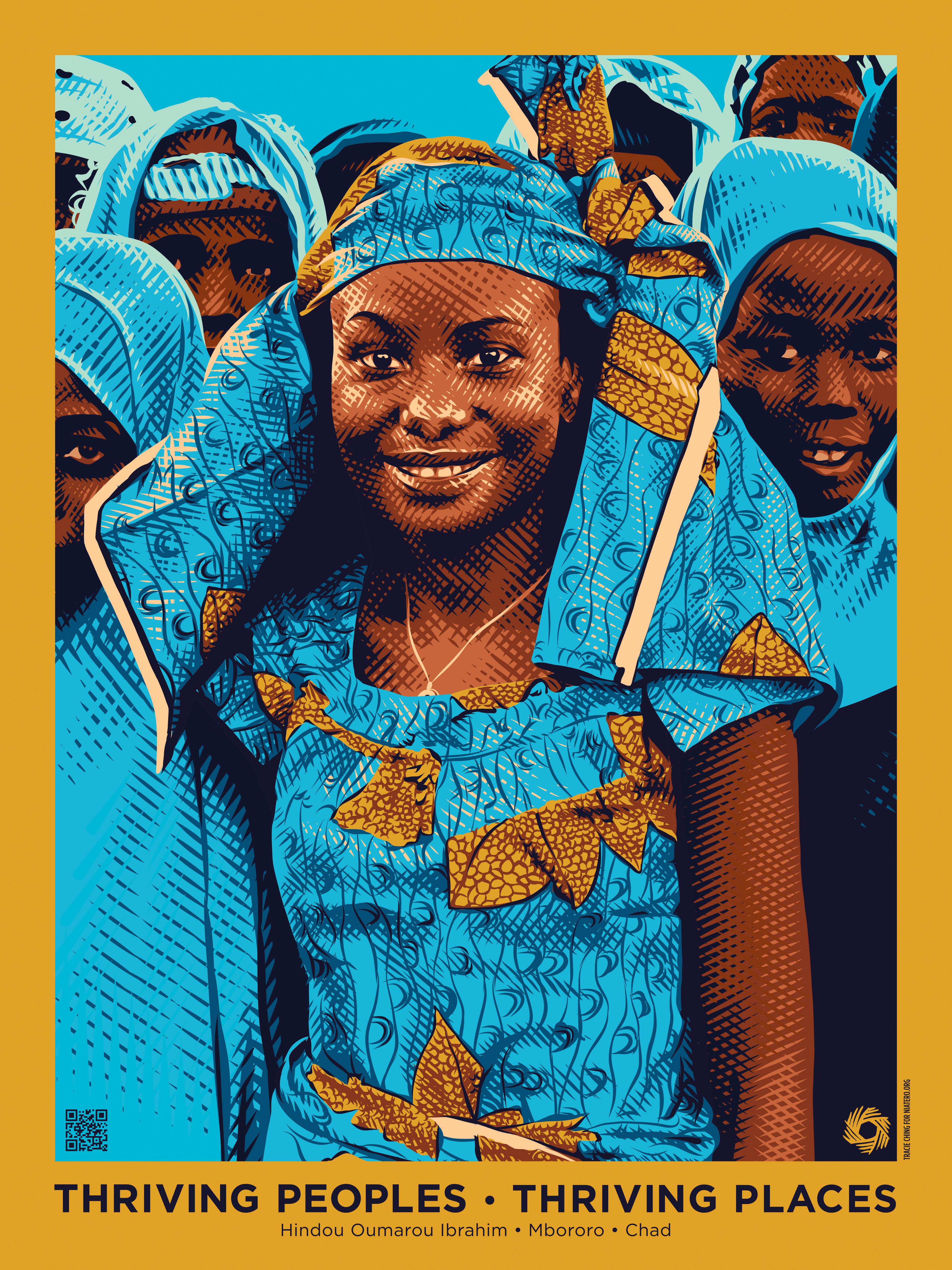
Hindou Oumarou Ibrahim (Mbororo)
Alisha "Diinashii" Carlson (Neets’aii Gwich’in)
Alisha "Diinashii" Carlson follows in the footsteps of her Ancestor's creativity and imagination. In addition to her filmmaking endeavors, she works for the Arctic Village Tribal Council and is a mother to her two children. She has her AAS degrees in Accounting and Business. She has always been active in ensuring that Gwich'in dance and songs continue for generations to come. She looks forward to making more films in the Gwich'in language that uplift her beautiful culture.
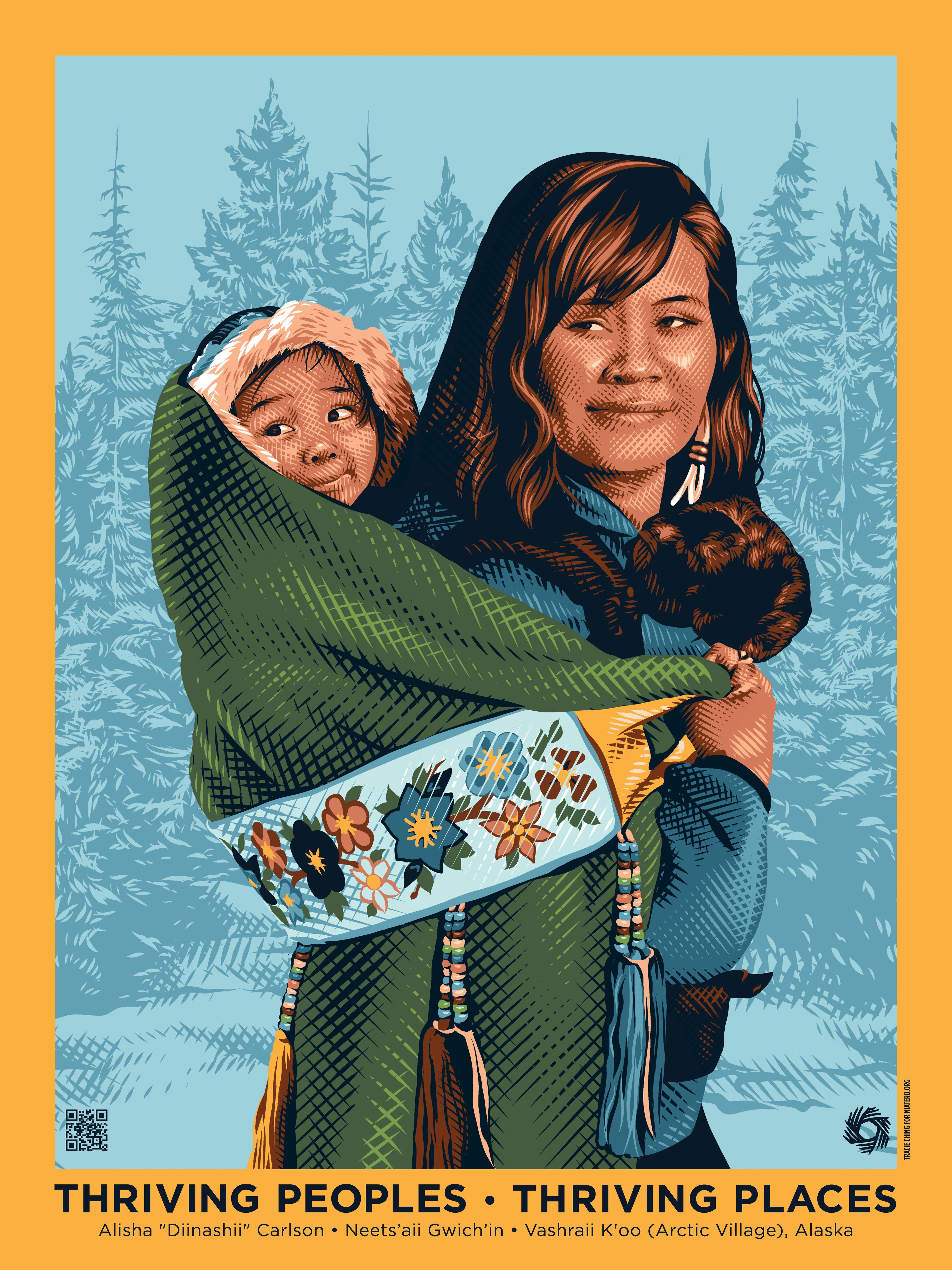
Alisha "Diinashii" Carlson (Neets’aii Gwich’in)
Flor Palmar (Wayuu Iipuana)
A leading figure in Venezuela’s effort to develop bilingual, multicultural education for the nation’s diverse Indigenous peoples. In addition to having worked in Venezuela’s Ministry of Education as coordinator of Programs in the Office of Bilingual Intercultural Education and serving as a member of the National Commission on Curriculum within the Ministry of Education, she has authored and co-authored international publications related to the history and practice of Indigenous education.
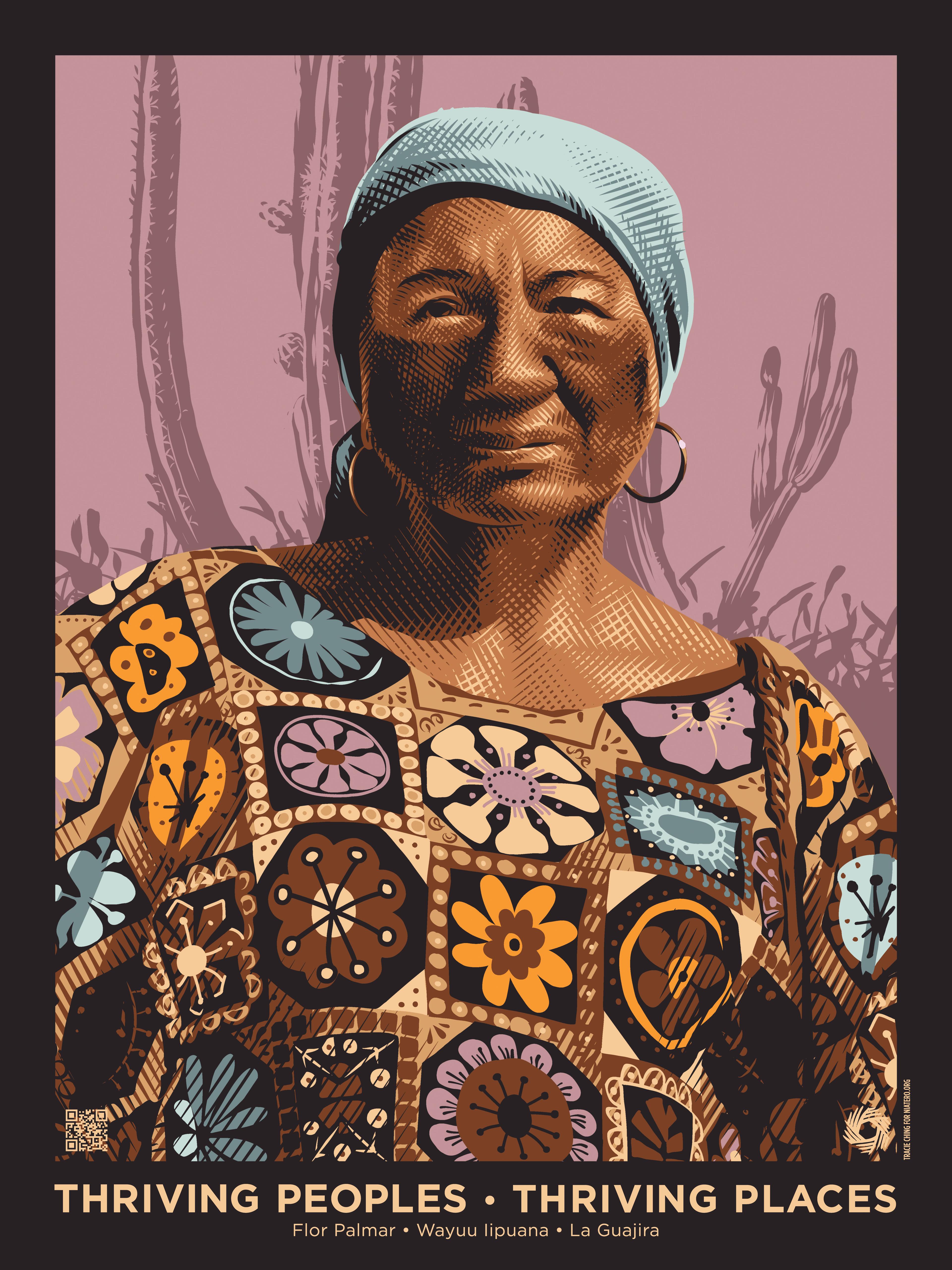
Flor Palmar (Wayuu Iipuana)
As we head toward the 2022 United Nations Climate Change Conference of the Parties (COP27) in Sharm El-Sheikh, Egypt and United Nations Biodiversity Conference (COP15) in Montreal, Canada,it is crucial to remember that climate solution conversations don’t just happen during state-led meetings. The women honored in this initiative and many more like them are driving change daily and weekly, locally and regionally, and across cohesive networks of Earth guardians. The organic and ceaseless ways in which Indigenous knowledge is conveyed are not unlike the street paper network bringing this story to you today: purposeful, vigilant, community-led, and future-focused.
This year’s ‘Thriving Peoples. Thriving Places.’ campaign continues to elevate the importance of women in movements toward Indigenous sovereignty and participation in climate solutions. Despite facing gender-based violence, educational barriers, and economic hardships, Indigenous women unfailingly show up, inspiring action and creating change.
The Indigenous leaders recognized here are reticent to put themselves in the spotlight. Instead, they work tirelessly and in reciprocity with the planet and the communities around them. Their work never stops – and nor should our support of them. This Indigenous Peoples’ Day – and every day – is a good time to ask: “How can I support what these dedicated women are doing? And how can I create a brighter future for my community and Mother Earth alongside them?”
To learn more about this year’s ‘Thriving Peoples. Thriving Places.’ campaign and see the portraits, go to: NiaTero.org/ThrivingPeoples


